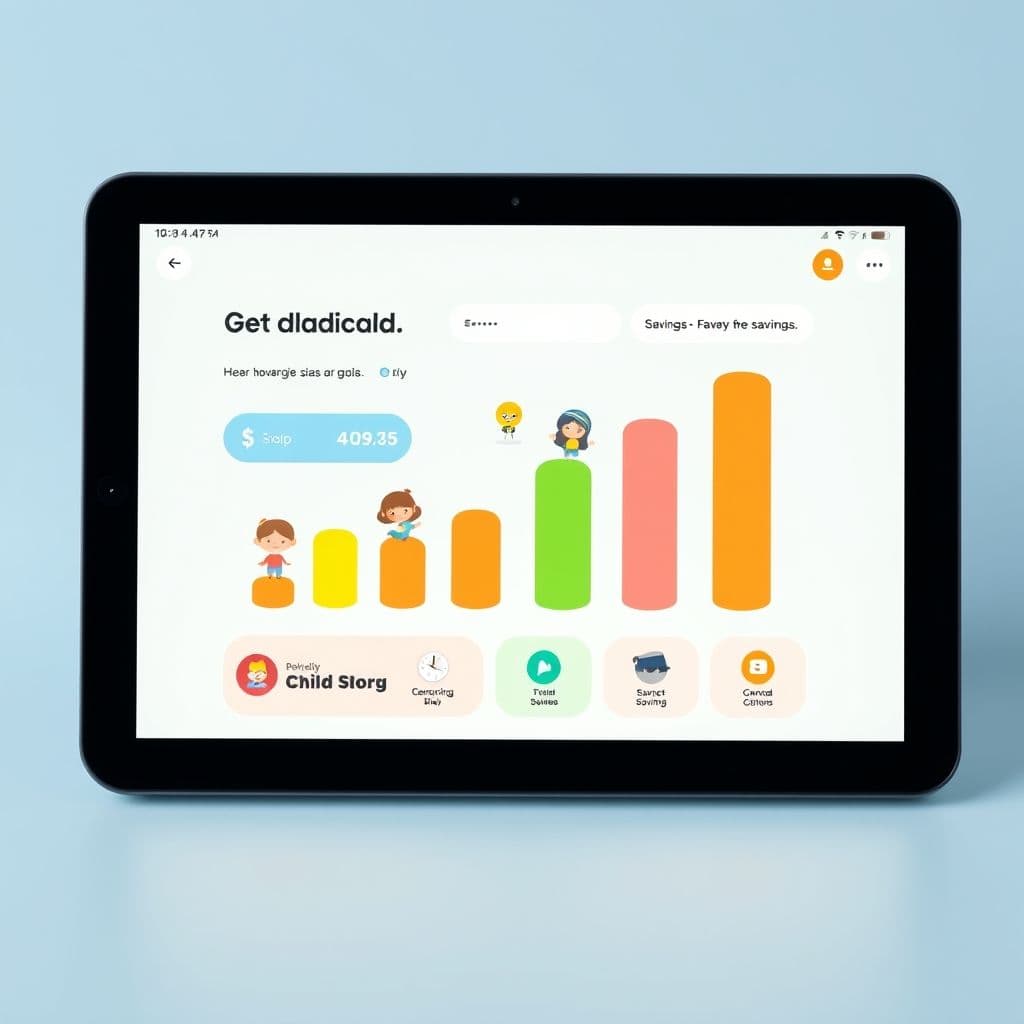Teaching Kids Financial Responsibility: A Gamified SaaS Solution

In today's world, financial literacy is more important than ever, yet many parents struggle to teach their children about money management in an engaging way. The concept of kids 'paying rent' or earning allowances through chores has sparked both interest and debate among parents. But what if there was a better way to make financial education fun, interactive, and effective for children?
The Problem: Teaching Financial Responsibility to Kids
Many parents recognize the importance of teaching financial responsibility but face several challenges. Traditional methods like allowance systems or chore charts often lack engagement, while the concept of children paying 'rent' at home raises ethical questions for some families. Parents struggle with consistency in tracking chores and payments, explaining complex financial concepts in child-friendly ways, and motivating kids to save rather than spend immediately. The current solutions are often manual (like binders or spreadsheets), time-consuming, and fail to make financial learning exciting for children.

A Potential SaaS Solution: Gamified Financial Learning
Imagine a mobile app that transforms financial education into an engaging game for children while providing parents with robust management tools. This hypothetical SaaS solution could feature customizable chore lists with automated tracking, virtual 'paychecks' for completed tasks, and interactive savings goals. Children could watch their digital savings grow toward specific targets (like a new bike or college fund), while parents could set matching contribution rules to encourage saving.
The app could include age-appropriate financial lessons presented as short, interactive modules. Younger children might learn basic concepts through cartoon characters and simple games, while teens could explore more complex topics like compound interest or credit scores through simulated scenarios. A family dashboard would allow parents to monitor progress, adjust allowance amounts, and celebrate milestones together.

Key Features and Benefits
Such an app could offer numerous benefits for families. Automated tracking would eliminate the hassle of manual record-keeping while providing clear visualizations of earnings and savings. Gamification elements like badges, levels, and rewards could motivate consistent participation. The solution could accommodate different parenting philosophies - whether families prefer traditional allowances, payment-for-chores systems, or hybrid approaches.
Advanced features might include virtual 'taxes' to teach about deductions, charitable giving options to instill philanthropy, and even parent-approved micro-investing for older children. The app could generate printable reports for school projects or family discussions, and offer suggestions for age-appropriate financial responsibilities.
Potential Use Cases
Families could use this tool in various ways. Some might implement it as a complete financial education system, while others could use specific features like the savings challenge component. Teachers might adapt it for classroom economics lessons, and grandparents could use it to manage gift money more meaningfully. The flexibility would allow customization based on children's ages, family values, and financial goals.
Conclusion
While traditional methods of teaching financial responsibility have their merits, a well-designed SaaS solution could make the process more engaging, consistent, and effective for both children and parents. By combining practical money management with game-like elements, such an app might finally bridge the gap between financial education and real-world application for the next generation.
Frequently Asked Questions
- At what age should children start learning financial responsibility?
- Financial concepts can be introduced as early as preschool with simple ideas like saving coins. More complex lessons about budgeting and earning can begin around age 7-8, with increasingly sophisticated topics introduced through the teen years.
- How would this app differ from existing banking apps for kids?
- While banking apps focus primarily on transactions, this hypothetical solution would emphasize education through gamification, offering structured learning modules, family collaboration features, and customizable systems that reflect each family's values about money.
- Could this app help with teaching charitable giving?
- Absolutely. The app could include options to allocate portions of allowance or earnings to charitable causes, with child-friendly explanations about different organizations and the impact of donations.


